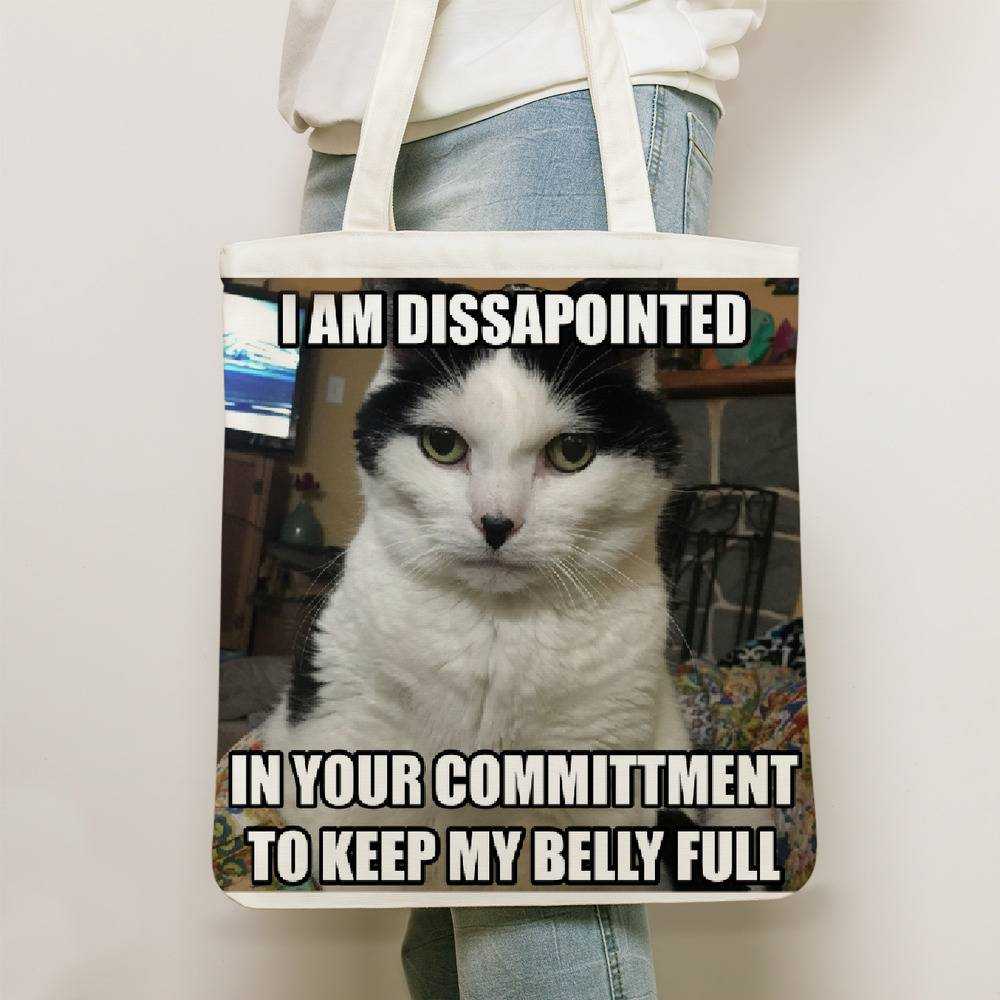As we delve into the intriguing world of Disappointed Meme Accessories, it becomes evident that these whimsical and often perplexing items have had a fascinating journey from their rise to their gradual decline in popularity. From coffee mugs adorned with sullen faces to keychains featuring disheartened expressions, these accessories have captured the attention of meme enthusiasts and trend followers alike. The allure of these items lies in their ability to convey a range of emotions in a single image, transcending language barriers and sparking a sense of shared humor across the digital landscape.
Over time, the trend of Disappointed Meme Accessories has evolved, with new iterations incorporating various characters and expressions to keep up with changing tastes. What once seemed ubiquitous and trendy eventually faced the risk of oversaturation, leading to a downturn in their appeal. Despite their initial widespread appeal, these accessories have faced challenges in maintaining their relevance as newer memes and trends emerge at a rapid pace. Join us on a journey through the highs and lows of Disappointed Meme Accessories as we unravel the forces that shaped their trajectory in the realm of internet culture.
Origins of Disappointed Meme Accessories
In the early days of internet culture, Disappointed Meme Accessories began to emerge as a unique form of humor and self-expression. These accessories, often featuring characters with exaggerated expressions of disappointment, started gaining popularity on social media platforms and meme forums.

What set Disappointed Meme Accessories apart was their ability to capture a universal emotion in a lighthearted and relatable way. People found comfort and amusement in sharing and creating memes featuring these accessories, as they reflected everyday moments of disappointment that everyone could relate to.
As the trend grew, Disappointed Meme Accessories became a staple in meme culture, with new variations and interpretations constantly being shared and circulated online. The versatility of these accessories allowed for endless creativity, leading to an ever-expanding collection of memes that resonated with a wide audience.
Popularity Peak
In its heyday, Disappointed Meme Accessories captured the attention of social media users worldwide. These quirky products, ranging from keychains to mugs, quickly gained popularity for their relatable and humorous designs.

The rise of Disappointed Meme Accessories was fueled by viral memes featuring these products, which resonated with audiences looking for a lighthearted way to express their frustrations and disappointments. As the memes spread across various platforms, so did the demand for the accessories themselves.
Celebrities and influencers jumping on the trend further propelled the popularity of Disappointed Meme Accessories, with many incorporating these items into their social media posts and everyday routines. This widespread exposure helped solidify the accessories as must-have items for meme enthusiasts and pop culture aficionados alike.
Downfall and Legacy
At the peak of their popularity, Disappointed Meme Accessories captured the attention of internet users worldwide. However, as quickly as they rose to fame, they began to see a decline in interest and engagement. Disappointed Meme Phone Cases wore off, leading to a saturation of similar content flooding social media platforms.
Despite their eventual decline, Disappointed Meme Accessories have left a lasting legacy in the online community. Their impact can still be seen in the evolution of meme culture, as they paved the way for new trends and formats to emerge. The humor and relatability of these accessories have influenced the creation of countless other memes that continue to resonate with audiences.
While the era of disappointedmeme .store/">Disappointed Meme Accessories may have come to an end, their influence remains significant in the world of internet humor. As a fondly remembered chapter in meme history, they serve as a reminder of the ever-changing nature of online trends and the enduring power of humor in connecting people across the digital landscape.
